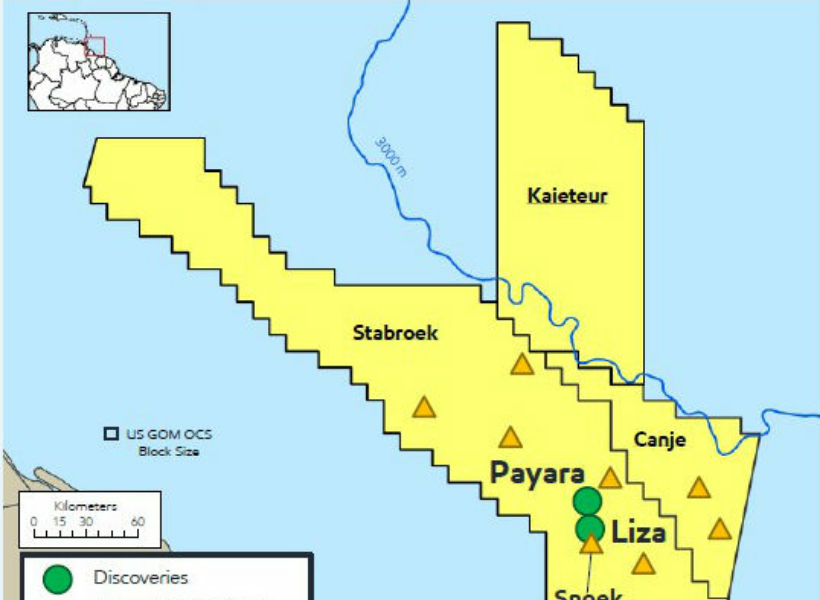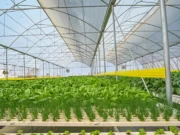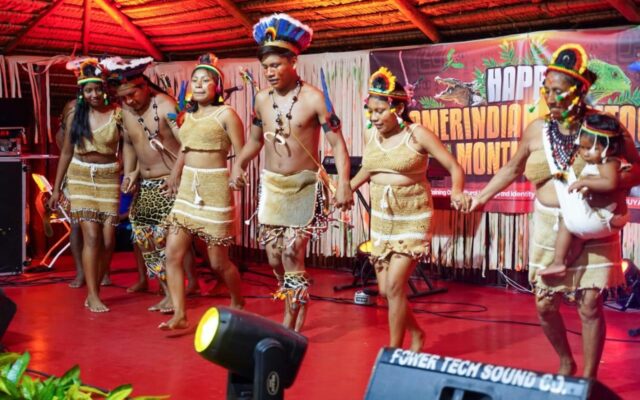By Sueann Wickham
Every year, the picturesque landscapes of Guyana serve as a backdrop to a month-long celebration of indigenous heritage. Amerindian Heritage Month, observed from September 1 to September 30, is a time when the nation collectively immerses itself in the rich cultures, traditions, and contributions of Guyana’s indigenous peoples.
The indigenous communities of Guyana have a profound ancient history that stretches through the annals of time. Amerindian Heritage Month stands as a tribute to this vibrant history.
During this period, the nation gathers to pay homage to the indigenous way of life. Traditional dances and songs, brimming with symbolism and storytelling, become a means of cultural expression. The rhythmic movements and melodious tunes are not just artistic performances; they are a means of passing down knowledge and legends from generation to generation.
Culinary Delights: A Journey Through Flavor
One of the most mouthwatering aspects of Amerindian Heritage Month is undoubtedly the culinary journey it offers. Traditional dishes take center stage, allowing locals and visitors alike to experience the exquisite flavors of Guyana’s indigenous cuisine.
Cassava Bread: Cassava bread is a staple of indigenous communities in Guyana. Made from cassava root, this unleavened bread is created through a labor-intensive process that involves grating, pressing, and baking. The result is a thin, crispy bread with a unique texture and taste.
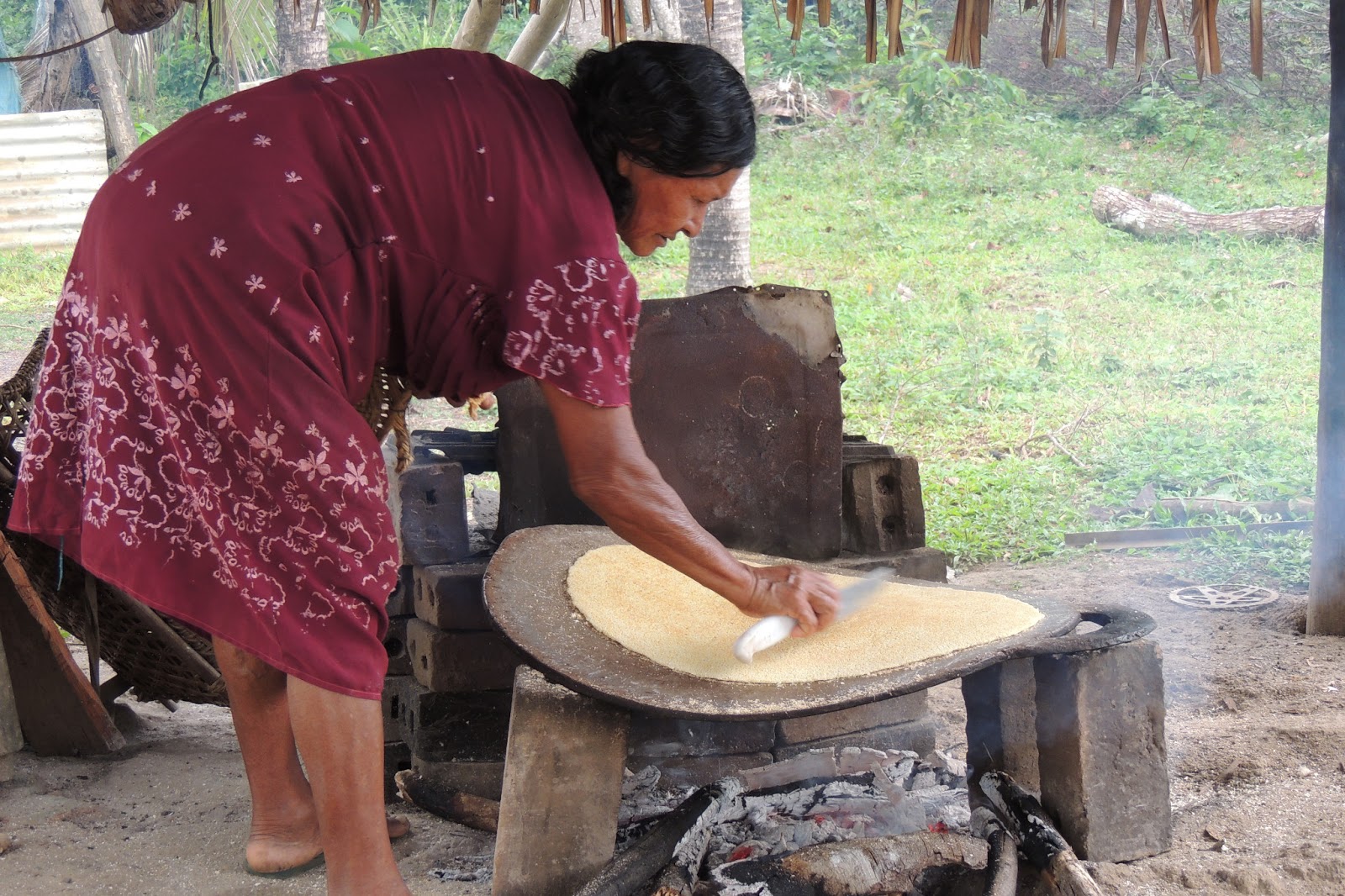
Pepper Pot: Pepper pot is another culinary gem. This hearty stew combines meat (often beef, pork, or chicken) with cassareep, a thick black sauce made from cassava. The flavors are rich and complex, with a balance of sweet and savory notes, creating a dish that’s truly unforgettable.
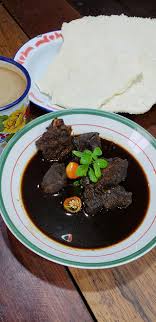
Tacoma Worms : Tacoma worms, a unique delicacy, hold a special place among some indigenous peoples in Guyana. These worms are prepared in various ways, and one of the most traditional methods involves roasting them over an open fire. However, simplicity can also be delicious; many indigenous groups enjoy roasting Tacoma worms in a pan with a sprinkle of salt and pepper, creating a savory treat that’s truly irresistible. Beyond their culinary uses, these worms also find a role as bait for fishing, showcasing their versatility in the local culture.
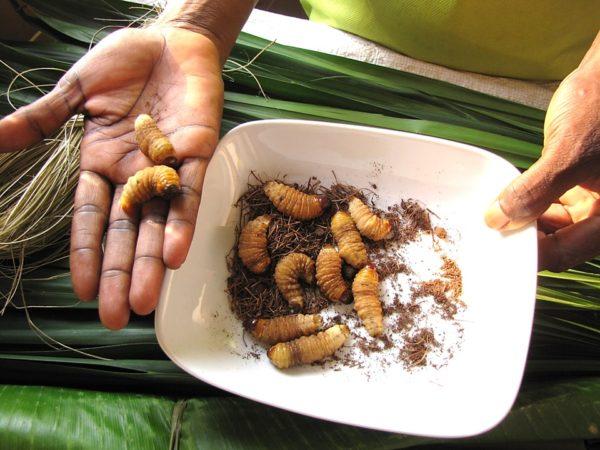
Piwari: Piwari is a fermented beverage that holds a special place in indigenous culture. Made from cassava and other ingredients, this drink is known for its slightly sour taste but rich contents. It is often enjoyed during indigenous festivities and gatherings but can be taken on a normal day along with meals.

Artistry That Tells a Story
Art and craftsmanship play a vital role in Amerindian Heritage Month, showcasing the creativity and talent of indigenous artisans. Visitors have the opportunity to explore intricate jewelry, pottery, and woven items that reflect the deep cultural heritage of the indigenous communities.

Jewellery: Indigenous jewelry often incorporates natural materials like seeds, feathers, and shells. Each piece tells a unique story, with designs inspired by the environment and traditions.
Pottery: Handcrafted pottery is not only functional but also a form of art. Indigenous potters use traditional techniques, passing down their skills from one generation to the next. The pottery often features intricate patterns and designs that reflect the natural world.
Woven Items: From baskets to hammocks, woven items are essential in everyday life for many indigenous communities. The craftsmanship behind these creations is both practical and artistic, with patterns and colors representing cultural significance.
Celebrating Across Communities
Throughout Amerindian Heritage Month, Guyana is a tapestry of celebrations that span the nation from north to south. Communities come together in a spirit of unity and festivity, creating an atmosphere of cultural exchange.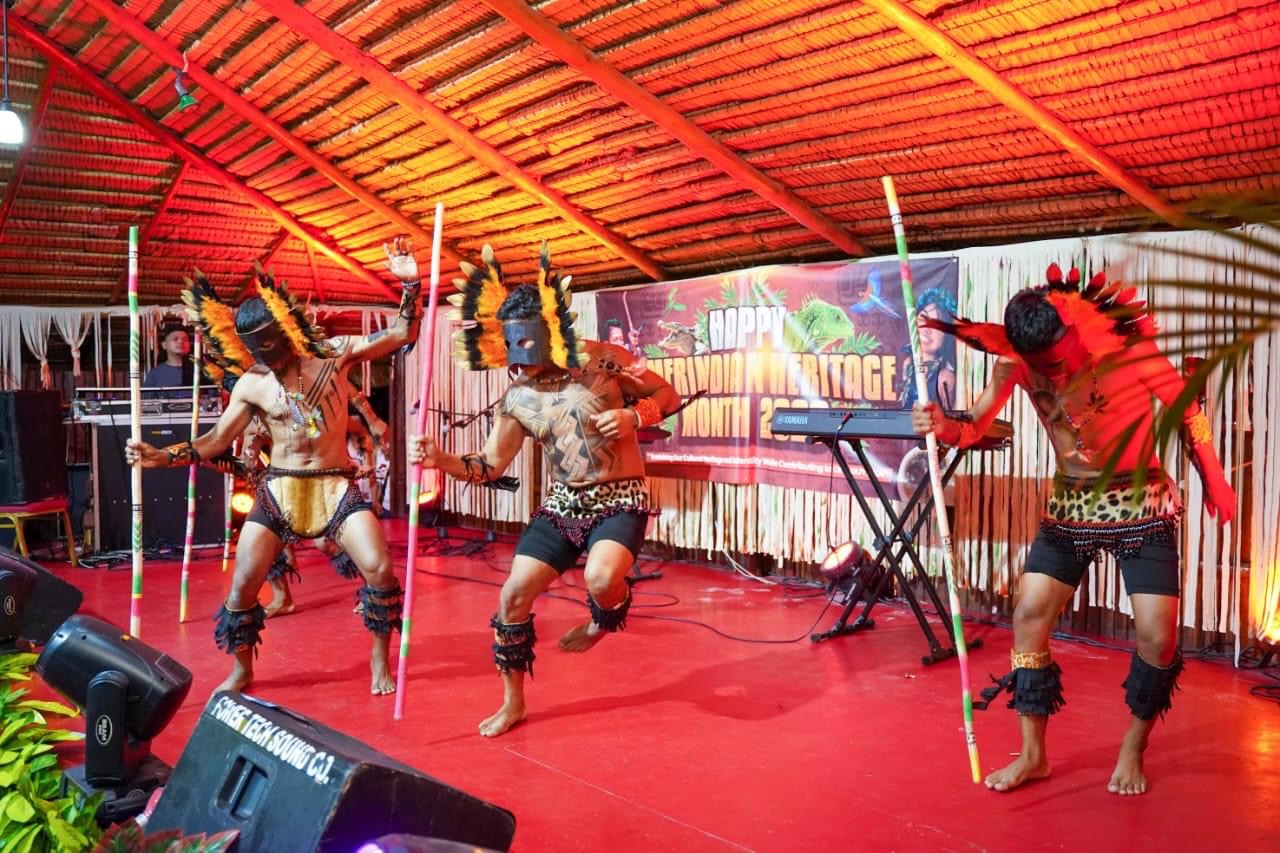
In regions like Rupununi in the south, colorful festivals take place. Dance competitions and traditional games are part of the festivities, highlighting the athleticism and agility of the indigenous peoples.
In the north, Mabaruma hosts its own celebrations. Music and dance fill the air as locals and visitors alike partake in the joyful spirit of the occasion. These gatherings are a testament to the power of cultural diversity and the unity it can foster.
In Georgetown, there is usually a “Heritage Village” that spans over days. It allows patrons to view indigenous arts and craft, cuisine, performances such as dances and songs and even games.
Ancient Arrival:
The history of Amerindians in Guyana stretches back thousands of years. These indigenous peoples are believed to have arrived in the region around 9000 BC, making Guyana their home long before the arrival of Europeans. They settled in the lush rainforests, along the fertile riverbanks, and in the savannahs of the interior.
Cultural Diversity:
One of the remarkable aspects of Amerindian heritage in Guyana is its cultural diversity. The country is home to nine distinct Amerindian tribes, each with its own unique customs, languages, and traditions. These include the Arawak, Warrau, Macushi, Wai Wai, and more. Each tribe contributes to the rich tapestry of Guyanese culture.
Language and Traditions:
While English is the official language of Guyana, many Amerindian tribes maintain their native languages. These languages are not only a means of communication but also a repository of cultural heritage, passed down through generations. Traditional practices such as basket weaving, pottery, and woodcarving continue to thrive among these communities.
Preserving Cultural Integrity
While Amerindian Heritage Month is a time for celebration, it also serves as a reminder of the challenges faced by indigenous communities. Environmental protection, cultural preservation, and addressing social and economic disparities are ongoing efforts. Organizations and bodies use the month to advocate for these causes, bringing the conversation to both the government and the general public. Some are the Amerindian People’s Association (APA), and the National Toshao’s Council.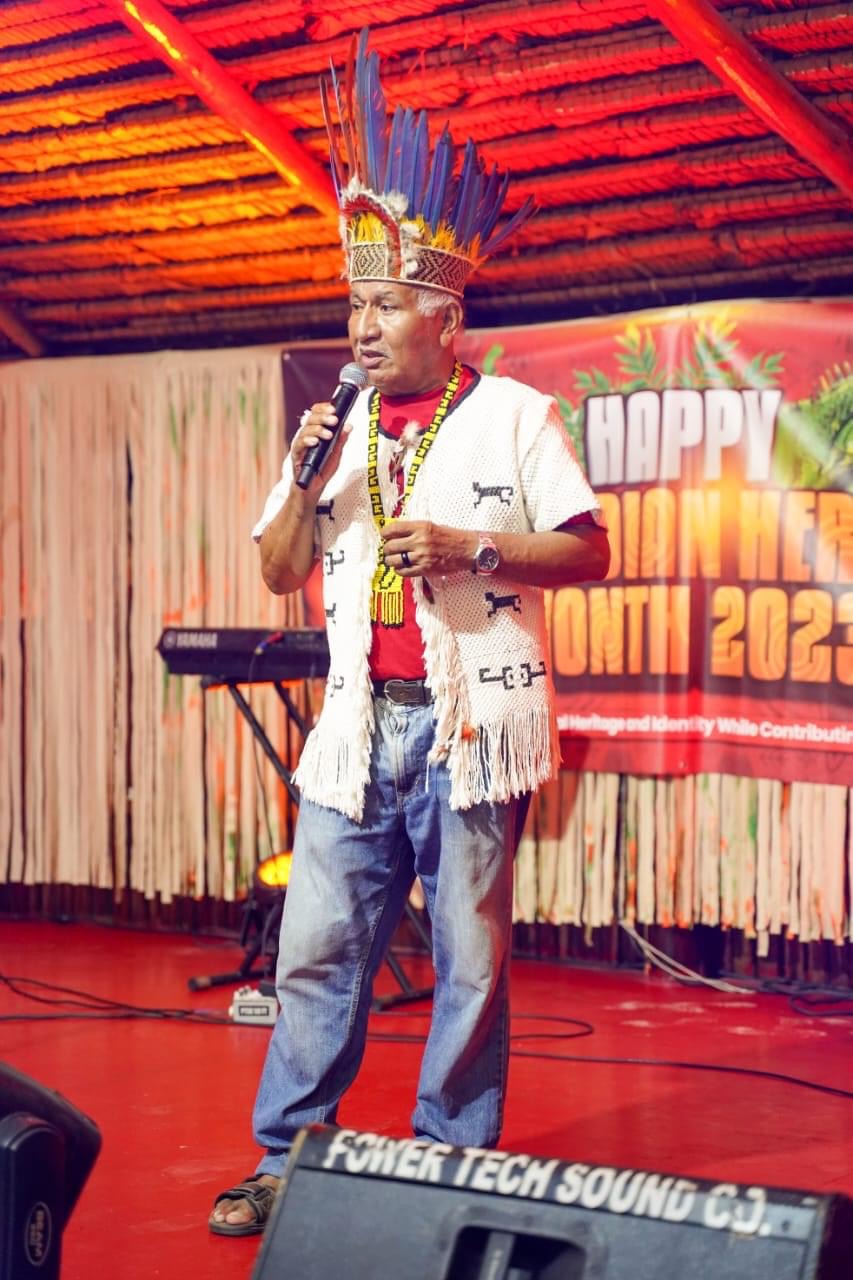
Amerindian Heritage Month in Guyana is indeed a multifaceted celebration that delves into the heart and soul of indigenous culture. From the delectable flavors of traditional dishes to the intricate artistry and lively festivals, it offers a glimpse into the rich tapestry of Guyana’s indigenous heritage. As the nation comes together to honor and preserve these traditions this month, it is important that we underscore the significance of safeguarding the indigenous past for future generations.


